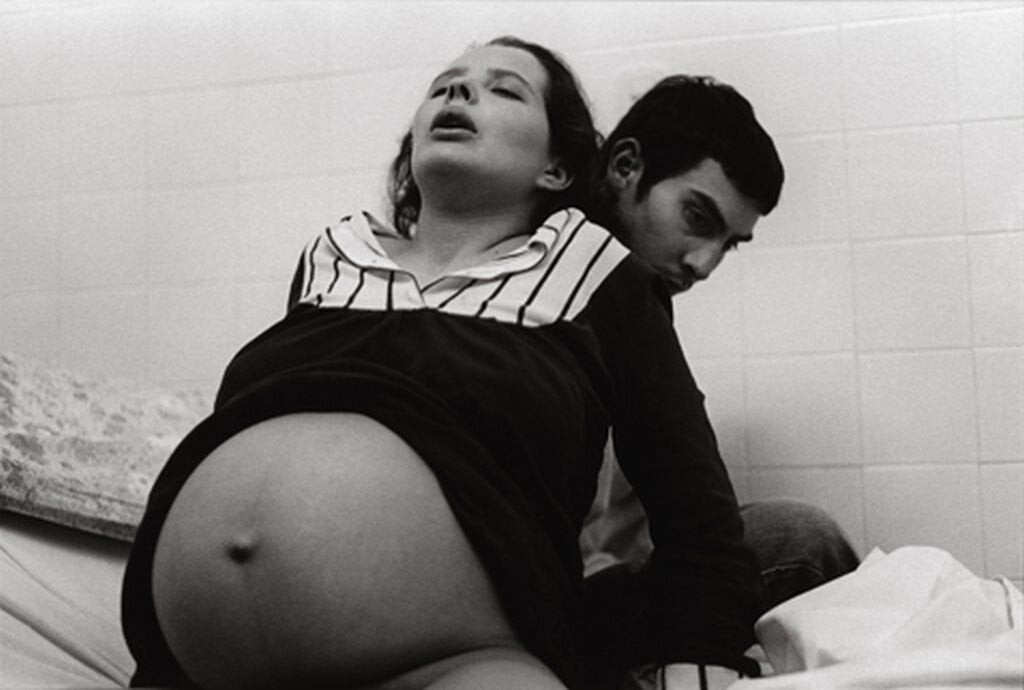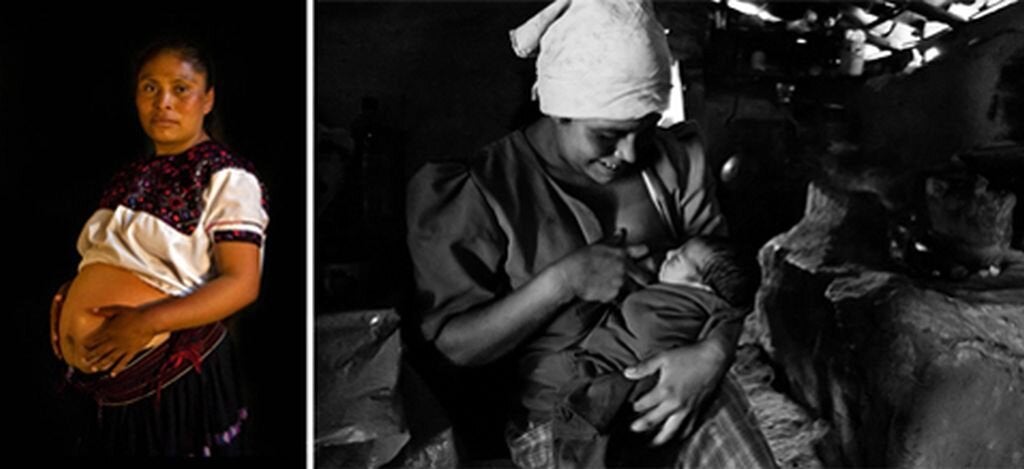Washington, D.C., 29 May 2012 (PAHO/WHO) — On 29 May the Safe Motherhood Initiative, an effort of organizations working to hasten progress in reducing maternal mortality, announced the winners of the photography and best practices contests, which were distributed among nine countries of the Americas.
The contests aimed to call attention to the challenges facing maternal and neonatal health in Latin America and the Caribbean and to spotlight effective efforts to tackle these problems. The photography contest recognized the best images illustrating the promotion and protection of the right to the enjoyment of the highest attainable standard of health for women, mothers, and newborns. The best practices contest looked for the most successful experiences at the level of communities, the government, and health service-providers in reducing maternal health and improving the care of pregnant women and newborns.
The prizes and certificates of recognition will be presented at a symposium on Safe Motherhood that will bring together experts from throughout the Region to discuss the progress and challenges in this sphere. The winners were announced by the Pan American Health Organization (PAHO), with the participation of representatives from the countries, on the occasion of the International Day of Action for Women's Health.
The photography contest received over 2000 entries from across the Region. The winning photos were:
- First place: Giving Birth, Tali Elbert, Argentina
- Second place: Dignified Motherhood, Cecilia Monroy, Mexico
- Third place: Economically Poor, Rich in Maternal Love, Gustavo Raúl Amador, Honduras
A total of 121 experiences from 22 countries were entered in the Best Practices Contest at the three levels: community, health service-provider, and government.
The winners for best practices at the community level were:
- First place: Ecuador, with its initiative titled "Intercultural dialogue to improve the quality of maternal and neonatal care at the first level of care in Health Area Nº 4, MPH, Imbabura." The purpose of this collaboration was to make sure that not a single maternal death was recorded between 2005 and 2008 and to build consensus around concepts drawn from ancestral and conventional medicine.
- Second place: El Salvador, Guarjila, "Organized community, exemplary maternal and child health care." This project successfully reduced the maternal and child mortality rate to zero and guaranteed prenatal check-ups and institutional deliveries, among other achievements.
- Third place: Brazil, Curitiban Mother, a collaboration to increase the number of expectant mothers receiving prenatal check-ups and institutional deliveries, among other achievements.
The winners for best practices at the institutional/health care provider level were:
- First place: Peru, "A comprehensive, culturally competent, and rights-based model for maternal and perinatal health care. This multi-institutional effort at the educational, health, and communications levels in Churcampa successfully reduced adolescent pregnancies and increased the number of women seeking prenatal check-ups and institutional deliveries, among other achievements.
- Second place: Ecuador, Toward the construction of a reproductive health care model with an intercultural approach San Luis de Otavalo hospital (installation of a culturally appropriate delivery room), Imbabura Province. Since 2008, this initiative has helped to increase the number of institutional deliveries, particularly among rural indigenous women, and to reduce the maternal mortality rate to zero.
- Third place: Brazil, Zilda Arns Home for Expectant Mothers of the Sofia Feldman Hospital: A contribution to safe motherhood. This program showcased the benefits of setting up homes for expectant mothers to reduce maternal and perinatal mortality.
The winners of the best practices contest at the government level were:
- First place: Uruguay, Changing the health relationship: the Uruguayan model for reducing the risk and harm of unsafe abortions. This initiative focused on increasing the awareness and training of health teams, community-based work, and comprehensive sexual and reproductive health services delivery in order to reduce risky abortions, the leading cause of maternal mortality.
- Second place: Colombia, Zero tolerance of maternal and perinatal mortality. This experience focused on family health promotion, access to health services, and the quality of service delivery in order to successfully reduce maternal mortality.
- Second place: Colombia, Zero tolerance of maternal and perinatal mortality. This experience focused on family health promotion, access to health services, and the quality of service delivery in order to successfully reduce maternal mortality.
The prize for first place winners in each contest and category was US$3000; second place winners received US$2000, and third place, US$1000. The winning photographs and best practices will be compiled in an electronic book on safe motherhood that will be released this year as a means of disseminating regional best practices. The Spanish Agency for International Development Cooperation, which has supported the Safe Motherhood Initiative since its launch in September 2010, provided funding for the prizes.
The Safe Motherhood Initiative is an appeal from the Regional Working Group and PAHO, United Nations agencies, and the ministries of health of the Americas, to reduce maternal mortality and to achieve universal access to reproductive health care. According to PAHO and the World Health Organization estimates, from 1990 to 2010, maternal deaths declined between 29% and 40% in the Region. This is still insufficient, however, to reach the fifth Millennium Development Goal of reducing maternal mortality by 75% by 2015 and ensuring universal access to reproductive health. This was the commitment made by 189 countries in the Millennium Development Goals and it is the main objective of the campaign promoting the Safe Motherhood Initiative.
PAHO, which celebrates its 110th anniversary this year, is the oldest public health organization in the world. It works with all the countries in the American hemisphere to improve the health and the quality of life of the peoples of the Americas, and it serves as the Regional Office for the Americas of WHO.





